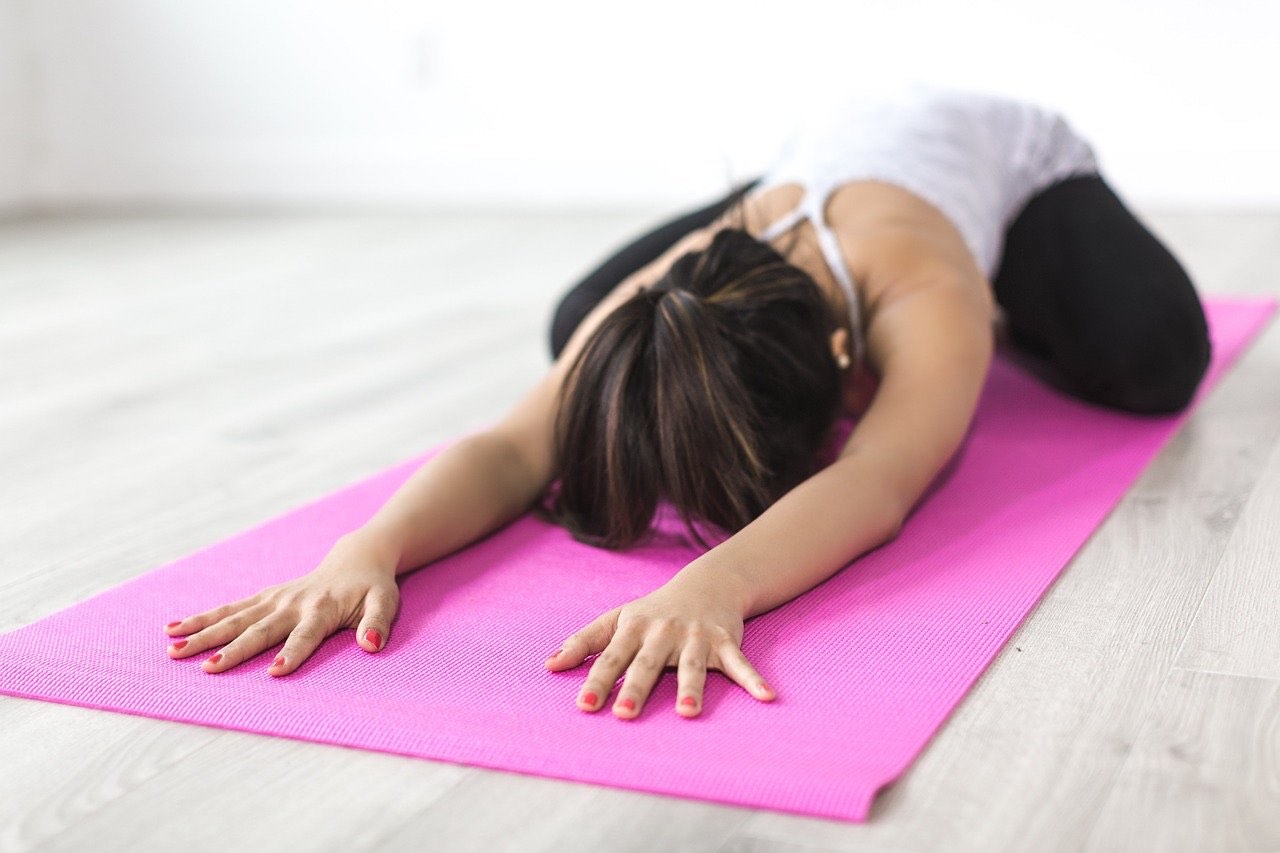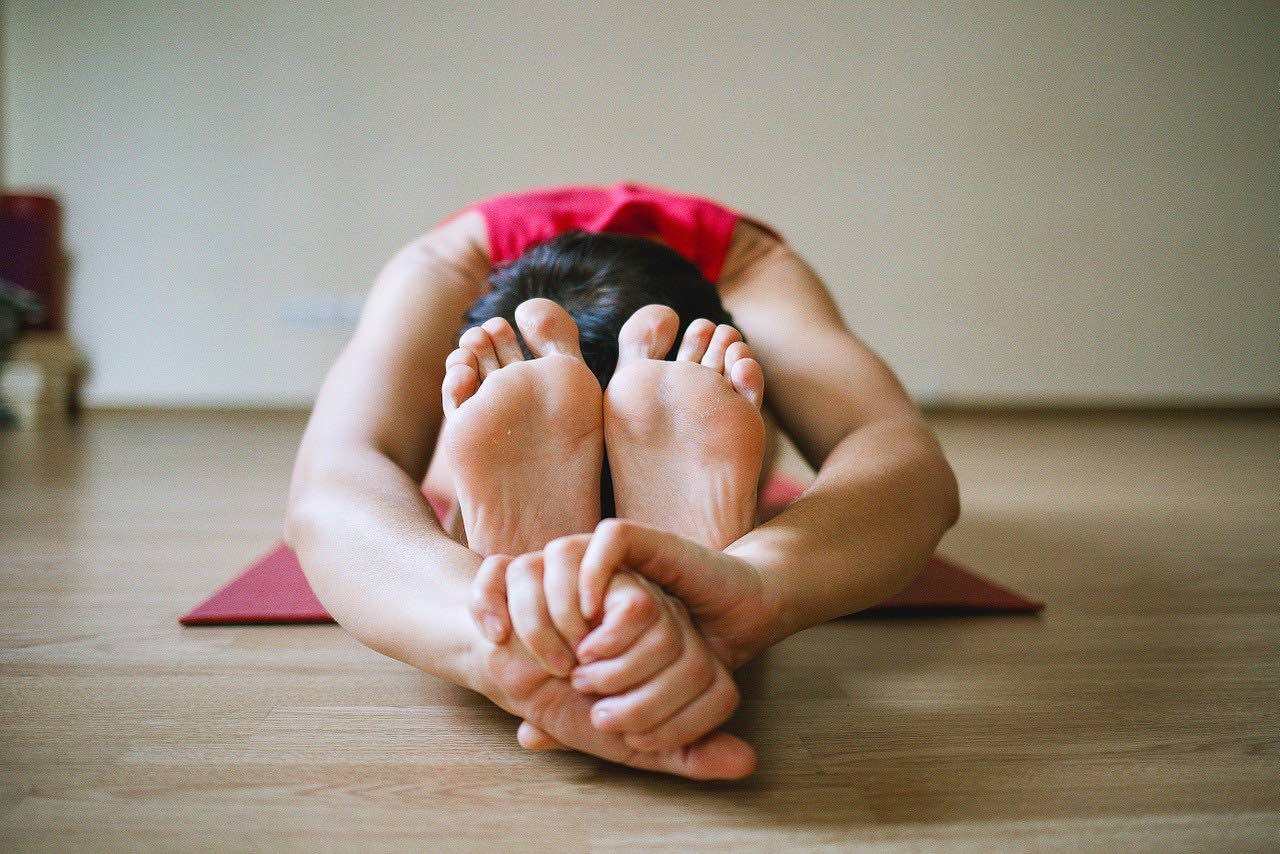Yoga has seen an immense rise in popularity over recent years. Yoga enthusiasts and experts alike would point it to the rising number of health issues that concern various individuals and the rising costs of medical care. Thus, using natural means such as yoga to promote health and prevent ailments offer a lot of cost savings. 
Ideal Yoga Poses for Preschool Age
There are special concerns that must be addressed when entering preschoolers to join yoga classes. The most basic concern is getting them interested so you have to incorporate exercises that mimic child’s play to make it fun and exciting for them. On the other hand, you also have to think about their safety and choose the exercises to be performed carefully.
Experts suggest moving yoga poses for preschool children since it is gentle enough yet beneficial for their developing muscles and bones. Most of these exercises involve a great deal of stretching, bending, or resting. Make sure that each child is properly supervised though during performance of each pose for their own safety. You can learn about what these recommended poses are by reading further below.
Leaf Pose
Start on a seated position with your spine straight. Then, gently bend your spine as you reach for the ankles with your hands. This will create a rounding formation on your spine and hold it there for a few seconds before returning to the original position wherein you must sit up straight. Repeat this sequence of gentle movements for several tries or for as much as the child can do.
Flower Pose
This variation to the sitting pose is another fun and easy pose that preschoolers can do. With your spine straight, sit your tailbone on the soles of both feet. Both your hands must rest on the ankles. Gently bounce your knees on the floor for 10 to 20 repetitions before going back to your starting position.
Cricket Pose
Unlike the seated poses mentioned above, this one must be done with cross legs. Sit on your legs as you rest your hands on either ankles. Keep both your eyes and head looking forward as you try to execute the succeeding steps in this pose. Then, lean your right ear on your right shoulder. From that position, go back to straightening your head again and do the same action, this time with your left ear leaning against your left shoulder. Perform this for as many times as possible but make sure to alternate between your left and right ears.
Bird Pose
To perform the Bird Pose, you will begin on a seated pose and then you must tuck your hands behind you while clasping them together. Lift your head upwards to pull your shoulder blades together. Make sure that the kid is seated correctly to keep the spine straight. Then, bring both soles together as both hands remain intact on your lower back. As you tilt your head slightly, it will again pull your shoulder blades together. Allow your eyes to look upwards while doing this. Remain in this position for a few seconds or as much as the child can take before releasing.
Salutation Pose
This exercise is common in adults’ yoga routine but is safe enough even for preschool children. From a seated position, straighten up your spine while you slightly separate both legs. Make sure to put some stretch into your legs by pointing your toes. Avoid tightening the legs as it can strain the leg muscles. Try to assume the salutation pose by allowing both palms to meet at the center of your chest and then pressing it together.
As you lower your arms, make sure it is parallel to the floor. Release tension as you do this until you fully stretch out your arms.
Owl Pose
The Owl Pose is mainly a head turning position that starts off from a sitting position. While seated, cross both legs as you rest your hands on the side and your palm is facing the floor. While in that position, turn your head over to one direction or towards one side of your shoulder. After turning it on one side, move onto the other side. Make sure that the surface that the child is sitting on is firm and solid, as your next step is to spin the body around with the aid of your hands to propel the child into a spin. Do this a few times before ceasing.
Squirrel Pose
As with the Owl Pose, the child must begin on a seated position with both legs crossing each other. Keep your spine straight for proper alignment and to avoid injury. Then, raise your two arms up over the head and perform a stretching action on a hand one at a time and in a slow manner. Try to aim as much as you can while making sure to perform a gentle action. From upwards, stretch your arms to the side. As you do this, perform arm circles in an alternation of forward and backward movement.
Chipmunk Pose
To begin this pose, you must cross your legs while on a seated position and reach both arms out to either sides of the body. Then, slowly twist your upper body from one side to another. Turn your head around such that you can see your back arm. After that, return into center position and begin to raise your arms overhead once again to perform stretching. Bend your arms sideways on one side and then moving onto the other side. Make sure that your body and eyes are looking ahead in front of you while you are doing this. Repeat the entire procedure over again in as many repetitions as possible.
About Author:
Terry Stone – Hi, I am a Microbiologist and a professional writer from Buy Essay company with over 12 years of experience in writing and website content services.






